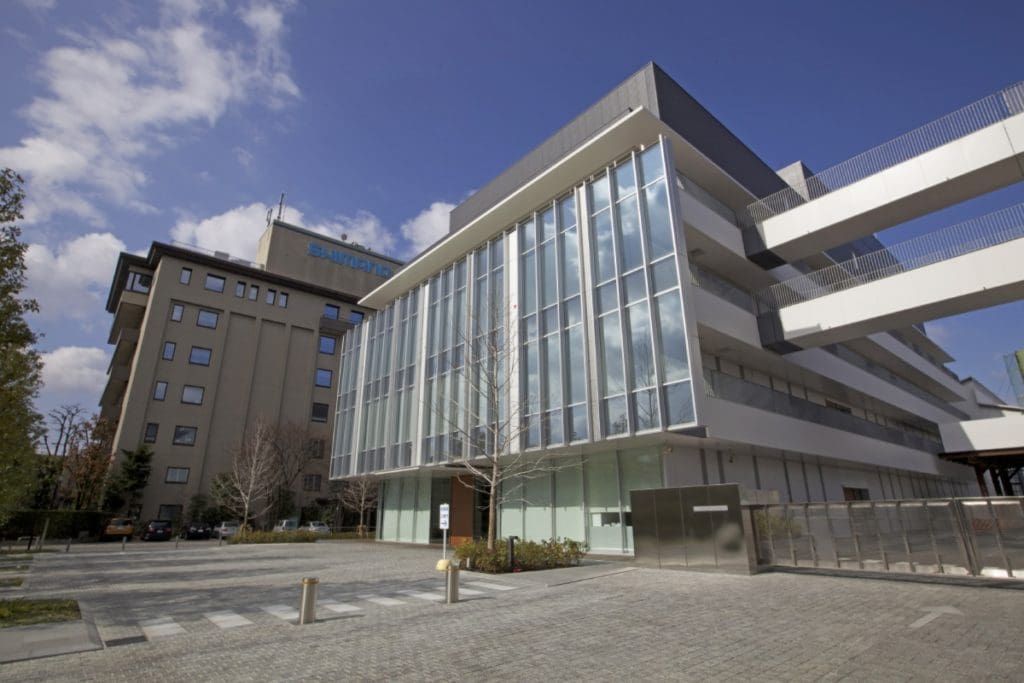Shimano New Factories

An Asian news source is reporting that Shimano plans to invest US$179 million (A$239 million) to build a new plant in Singapore that will open next year.
According to the report from Nikkei Asia which you can see here, Shimano also decided to invest another $118 million (A$157 million) in its factories in Osaka and Yamaguchi, Japan, to expand production capacity. Shimano intends to improve efficiency at these two factories by adding cutting-edge manufacturing equipment and software.
With the two domestic plants increasing production, Shimano said, “This year the total production will be 1.5 times more compared to that of 2019.”
Asia.Nikkei.com says Shimano’s president, Taizo Shimano, told it that the company is building a facility in the Jurong Innovation District on the west side of Singapore, where an existing plant is also located. The new plant will produce high-end drivetrain parts, the site reports, and is being positioned as a ‘factory of the future.’ It was supposed to open last year but was delayed due to COVID. The new plant is scheduled to come online by the end of 2022.
As consumers gravitate toward bicycles as a transportation method with a relatively low risk of coronavirus transmission, the demand for bikes and related products is skyrocketing globally.
Shimano, with its high global share in bicycle transmissions and other components, is facing a shortage in production capacity. The decision comes as the company’s existing Singapore factory, which was built in 1973, deteriorates.
Despite the pandemic wreaking economic havoc around the globe, the Japanese company generated 63 billion yen of net profit in fiscal 2020 (A$768 million), up 22.5% from the previous year. For fiscal 2021, Shimano forecasts its net profit will grow by 25.4% to 79 billion yen (A$951 million).
Therefore, although the headline number of $400 million investment is substantial, it represents only five months of projected current financial year profits.
For a company currently running an order book with up to 400 day lead times, depending upon the component group (according to various bike brands and other sources), this is a relatively modest and conservative expansion.
Some of this article was previously published in Bicycle Retailer and Industry News.
